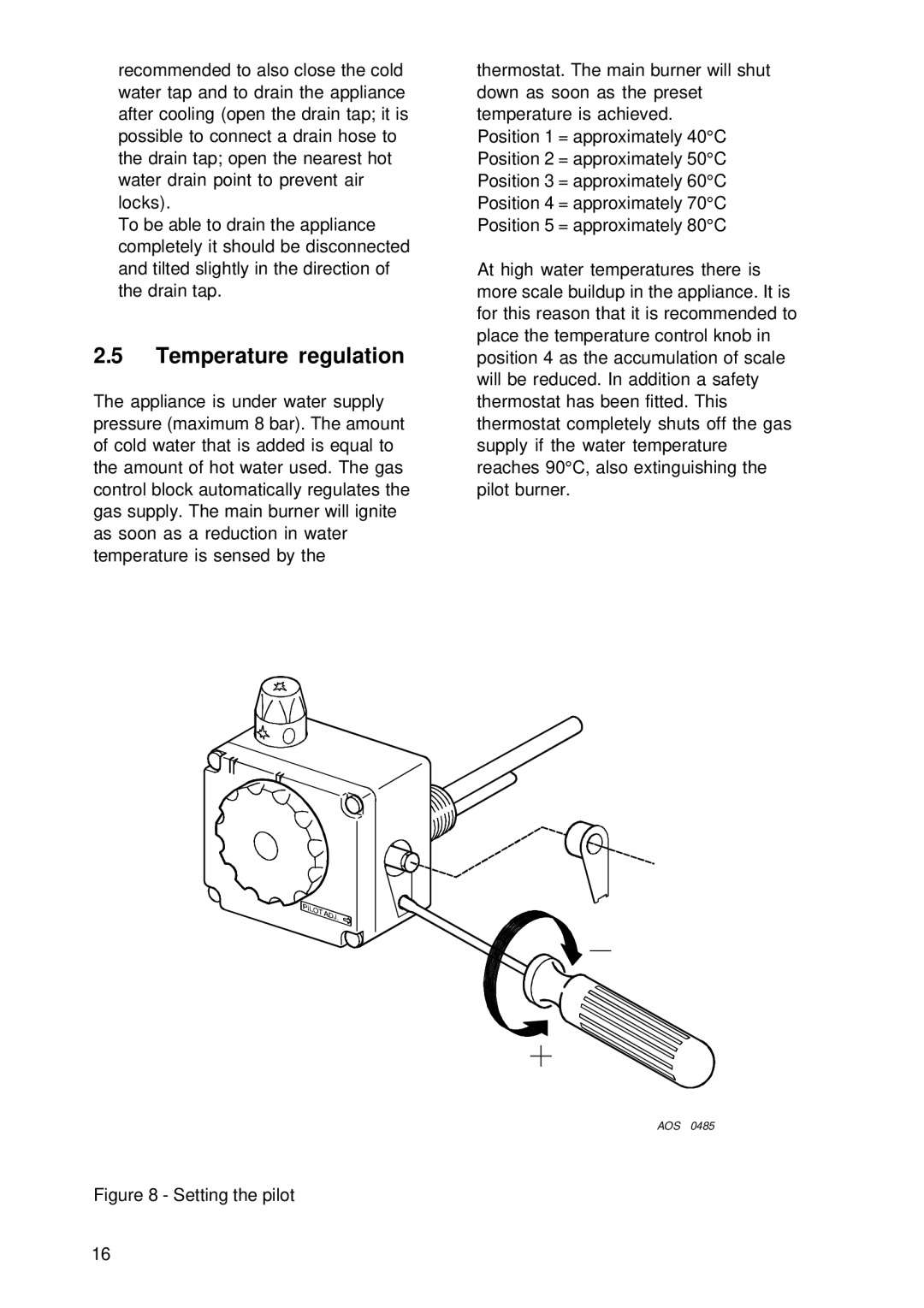EQB 115 G, EQB 155 G, EQB 200 G specifications
A.O. Smith has established a strong reputation in the water heating industry, and their EQB series of gas water heaters exemplifies this commitment to innovation and efficiency. The EQB 200 G, EQB 155 G, and EQB 115 G models are crafted to meet various residential needs while showcasing advanced technologies and user-friendly features.The EQB 200 G is the powerhouse of the series, designed to accommodate households with higher hot water demands. It boasts a 199,000 BTU per hour input, enabling quick heating and sustaining higher output even during peak usage times. The unit features a robust tank capacity, ensuring an ample supply of hot water when needed. A.O. Smith's unique combustion system enhances the efficiency of this model, optimizing fuel consumption and reducing operational costs.
Next, the EQB 155 G offers a perfect balance for medium-sized households. With a maximum input of 155,000 BTU per hour, this water heater is capable of delivering consistent hot water without compromising on energy efficiency. The smart design includes a built-in temperature control that allows for precise adjustments, making it convenient to set the desired water temperature. Its compact design enables easier installation in smaller spaces, while still providing quality performance.
For smaller households or those with lower hot water requirements, the EQB 115 G is an ideal choice. This model operates at a maximum of 115,000 BTU per hour, making it perfect for apartments or modest-sized homes. The EQB 115 G features innovative insulation technology, significantly reducing heat loss and enhancing overall efficiency. This not only conserves energy but also contributes to lower utility bills over time.
All models in the EQB series are equipped with A.O. Smith's exclusive Cyclone 2 venting system, designed to facilitate efficient airflow and reduce the risk of backdrafts. Additionally, the advanced ignition system promotes reliable performance while minimizing maintenance needs.
A key standout feature across this series is the integrated smart technology, which provides real-time monitoring of water temperature and energy consumption. This connectivity allows homeowners to track their water usage and make adjustments to optimize performance further.
In summary, the A.O. Smith EQB series - including the EQB 200 G, EQB 155 G, and EQB 115 G - showcases superior technology, user-centric design, and energy-efficient operation. These gas water heaters are engineered to cater to a variety of household needs without sacrificing performance or convenience.

